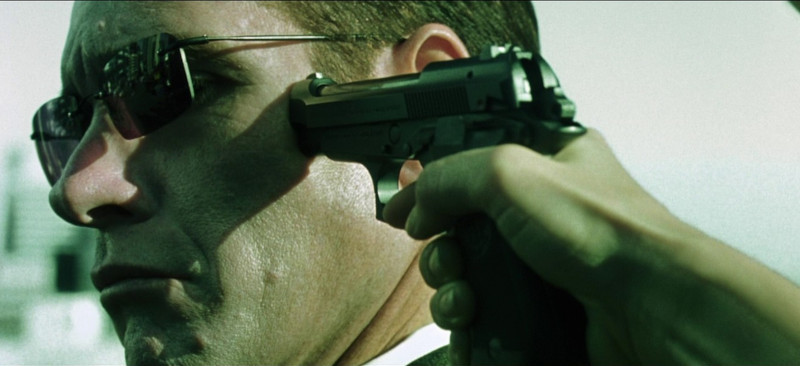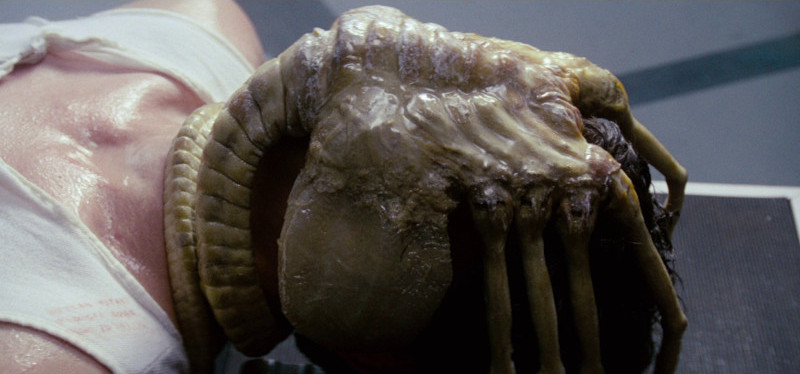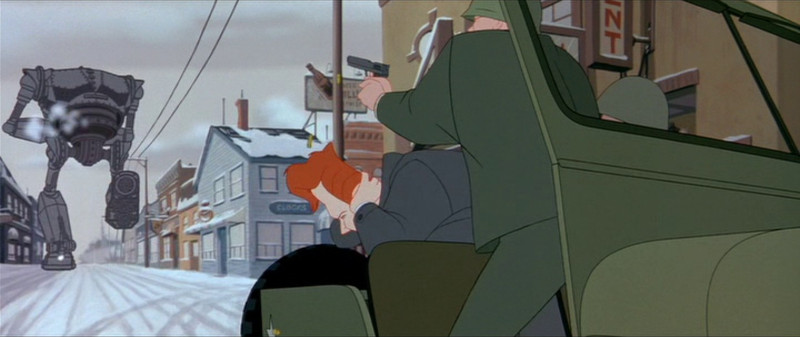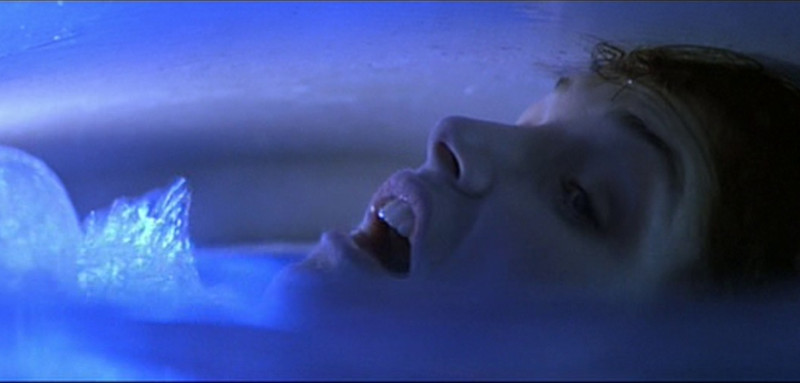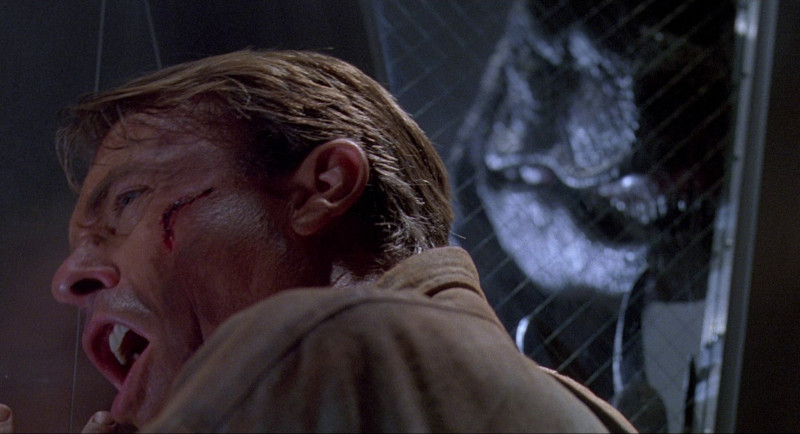The Debt is a grim spy thriller where a retired team of spies reflect on the most important day of their lives: the completion of a vital mission for which they are famous. Rachel (played by Jessica Chastain in the past) is attacked and permanently scarred during the mission.
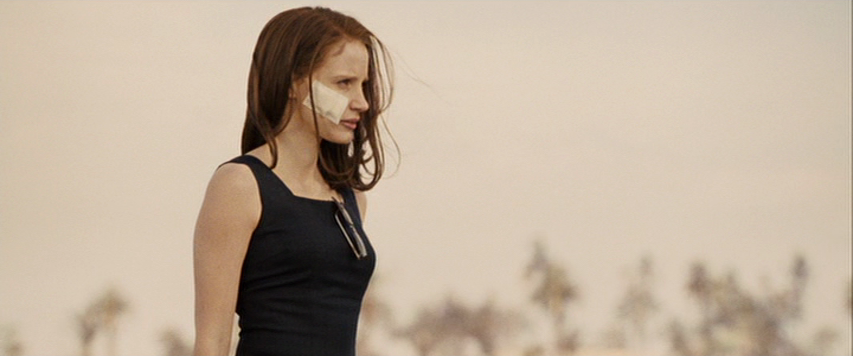
The movie match-cuts from young Rachel to old Rachel (Helen Mirren). The scar is how the audience identifies the character.

Now look at the DVD cover…
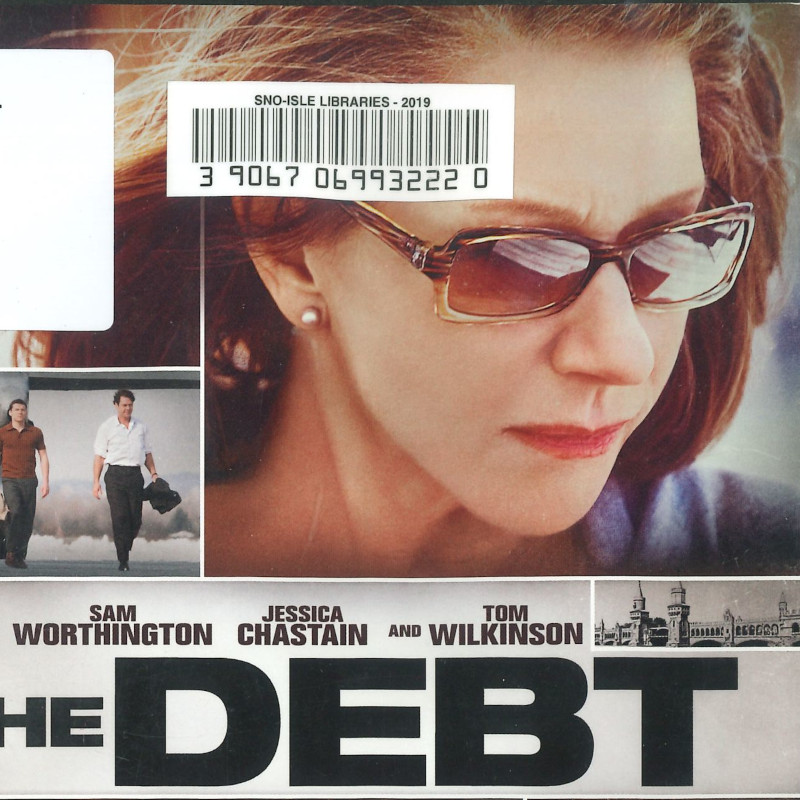
The scar is gone! The mark that identifies the character! The constant, unavoidable, physical reminder of the most important event in the movie, and of the character’s life! They chose to put her right cheek in the center of the biggest image on the cover, and then removed the extremely important thing on that cheek. There are so many ways to not do this.
- Just show the scar! People have scars sometimes.
- Definitely emphasize the scar because it’s very important to the movie
- Pick any of the other actors to put on the cover
- Pick any other angle on Helen Mirren that doesn’t emphasize the right cheek
- Pick a wider shot of Helen Mirren so the scar isn’t so big
I trust this statement will be uncontroversial: Rachel McAdams is gorgeous!

Those cheekbones! The little creases she gets when she smiles! Her lower eylids are so expressive! So imagine my surprise when I see the cover of the DVD this image comes from.

All those features are gone! Removed to make her face smooth and perfect. Maybe some marketing person thought, “We need a conventionally attractive woman on the cover to attract viewers!” but the casting directors already had that covered because they hired Rachel McAdams! Why replace a specific beautiful face with a generic beautiful face?
I love people for being themselves. Specificity and uniqueness are delightful. Attempts to make people more normal and less distinct seem cruel to me. Especially in entertainment. Especially for women. Even a spectacular woman like Rachel McAdams isn’t good enough to advertise her own movie. Her face must be changed to be more acceptable. Even a vital detail like the scar on Helen Mirren’s face–which defines the character and emphasizes the grim, violent tone of the movie–is unacceptable. “Stop it,” I yell into the wind.


